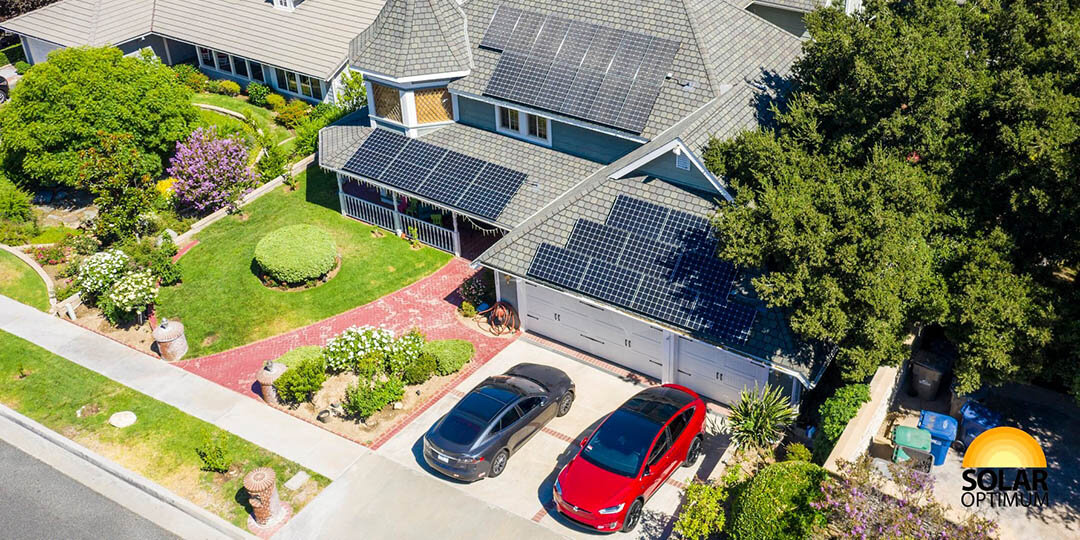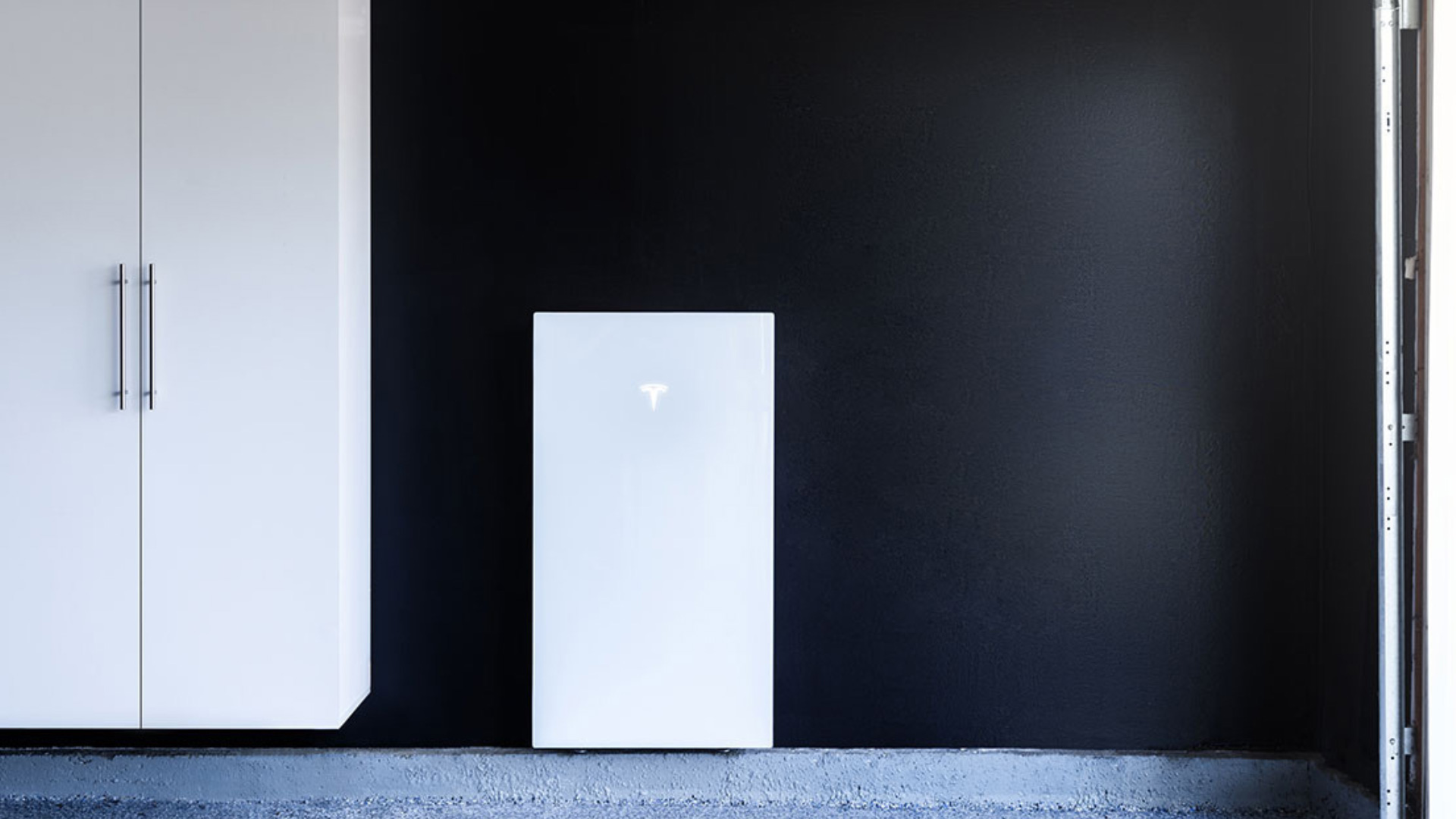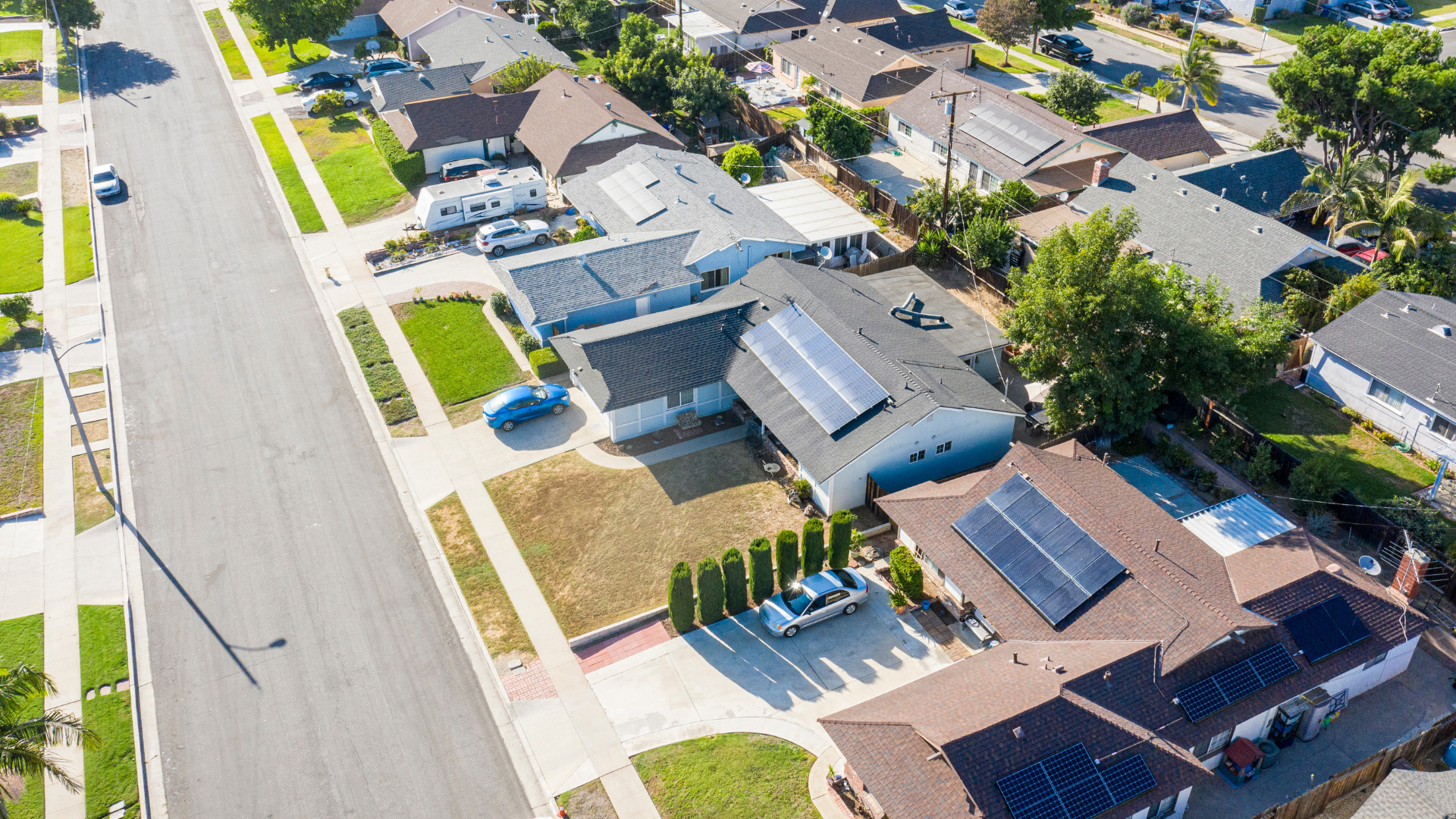A Tesla Powerwall 3 can store up to 13.5 kWh and emit 11.5 kW of continuous power supply. It can be charged up with solar panels and can supplement energy from solar if your home is disconnected from the grid.
This makes a Tesla Powerwall a popular choice for anyone looking for backup during a power outage. Battery storage can enhance the amount of power and how long your power lasts during an outage. Let’s look at three ways to get the most from your Tesla Powerwall performance when the grid power goes out.
1. Prioritize Essential Loads
Start by prioritizing what is powered during an outage. This is known as prioritizing loads and load shedding.
Identify and categorize your home appliances. Isolate power controls for each appliance and room so you can exercise full control over where your electricity goes when you’re running on solar and battery power.
Set up automatic load management and program priority levels to control when you power different devices.
You can also integrate your smart home to take advantage of automation like smart power plug switches, smart power strips, and automatic triggers that determine where power goes.
Connect your Tesla Powerwall 3 to certain smart home automation features and use the Tesla app for real-time management.
2. Optimize Energy Usage Patterns
For longer outages, it can be useful to consider your home’s energy usage patterns. Both time-of-day and local weather can play a rule.
For time-of-day management, consider how to use your Powerwall to optimize peak vs off-peak consumption. Schedule appliance usage during peak solar hours to minimize battery drain and plan your battery charge/discharge cycles.
When it comes to the weather, make plans based on forecasted solar production. Prepare for storms and make adjustments based on the seasons.
3. Maintain System Health
Your solar panel and Tesla Powerwall 3 battery system will also provide the best performance with proper maintenance.
Monitoring plays a major role in battery performance. Perform regular battery health checks, monitoring power capacity and charge. Track power production and storage trends using an app and analyze your home’s power usage patterns.
You can also anticipate certain issues and take preventative measures. Extreme hot or cold temperatures reduce solar performance, so make plans for temperature management. Look into cycle count optimization and update your solar and battery settings seasonally based on how much sunshine you can soak up.
Practical Tips for Powerwall Performance During an Outage
Having a fully charged Tesla Powerwall 3 can be great during a power outage if you are prepared.
First, create a quick response checklist for outages. Shed unnecessary load like big appliances and optional devices to maximize your discharge time, check your battery health, and investigate the likely duration of the outage.
Avoid common mistakes like allowing your Powerwall to be discharged when the power goes out or accidentally drawing too much power with unnecessary appliances and devices plugged in.
Build a smart home “mode” that automatically switches your home to a comfortable low-power configuration for power outages.
Energy Independence When the Grid Goes Down
Power outages can leave you scrambling, unless you have solar panels and a great battery storage system like a Tesla Powerwall 3. By planning for proper maintenance and having a low-power mode ready to enact during outages, you can enjoy the long-term benefits of optimization.
Contact us today to get a free quote on a solar panel system.






